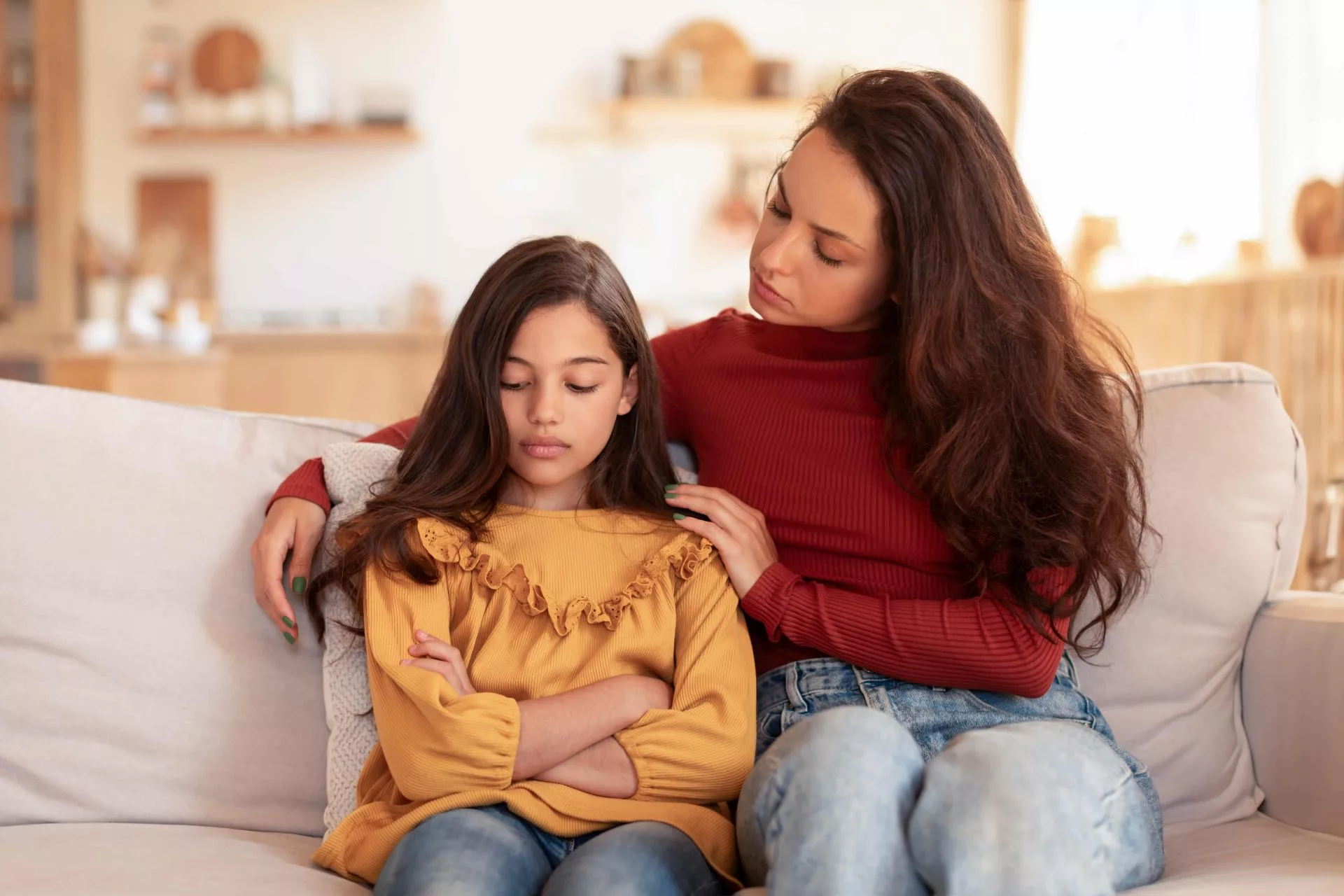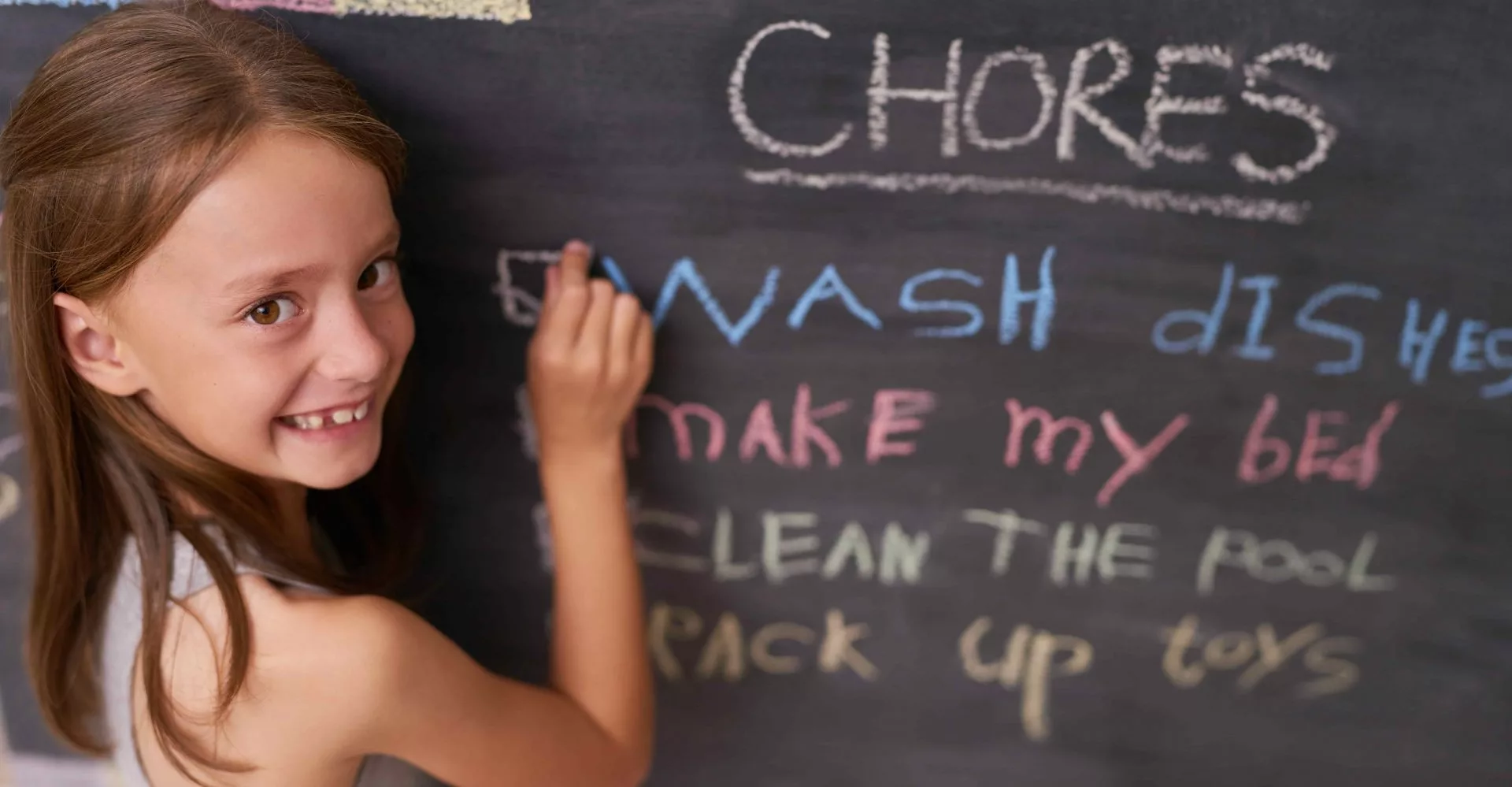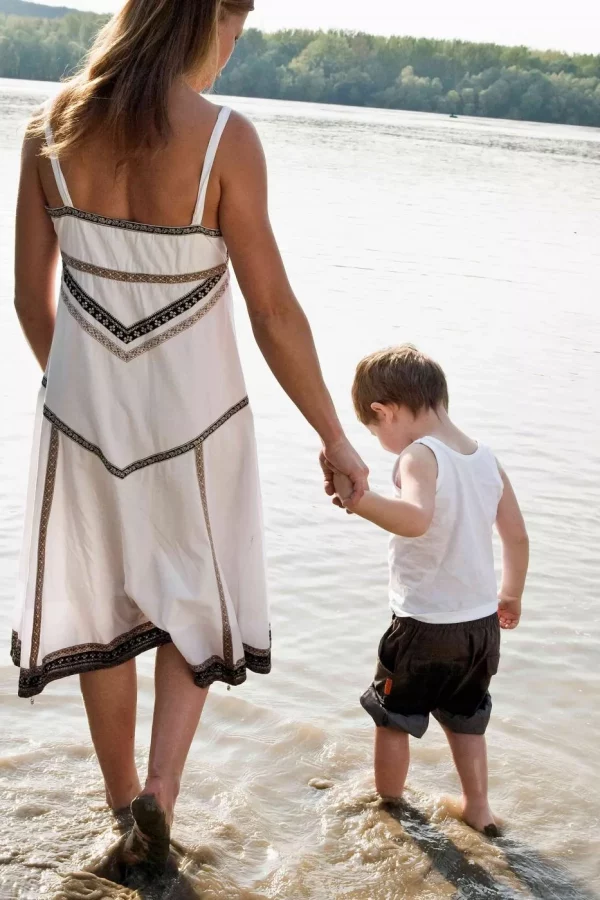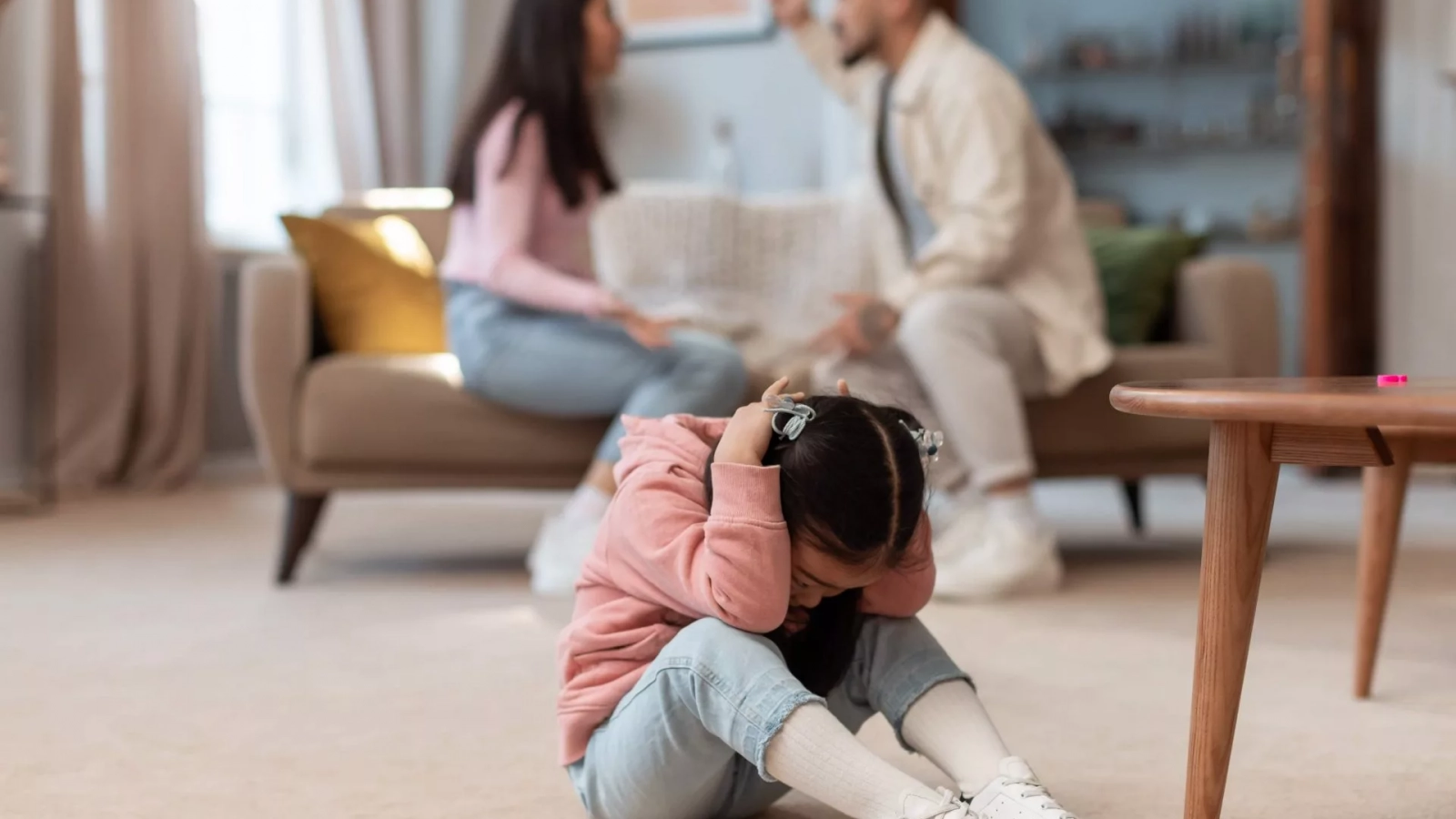Divorce affects the couple separating and touches every part of family life. For children, it can feel confusing, unsettling, and deeply emotional. At Waely Law, we often see that parents’ biggest concern is not just navigating the legal process, but ensuring their children feel secure and supported throughout.
This guide explores how divorce impacts children, what parents can do to ease the transition, and the legal steps that can help create stability.
Estimated reading time: 4 minutes
Understanding Divorce from a Child’s Perspective
When parents separate, children often experience a range of emotions: sadness, anger, confusion, and sometimes guilt. It is not uncommon for children to wrongly believe they are somehow to blame for the separation. Reassuring them that the divorce is not their fault is one of the most important steps parents can take.
Children may also feel torn between two households. They may worry about divided loyalties or feel anxious about changes in routines. These reactions are normal. Divorce does not mean the end of family love – but it does mean reorganising family life in a new way.
The Emotional Impact on Children
Every child responds differently, but common feelings include:
- Anxiety about the future – wondering where they will live, how often they will see each parent, and what will happen to family traditions.
- Grief and loss – mourning the family unit as they knew it.
- Divided loyalty – feeling pulled between two parents.
Supporting children through this process involves listening, reassurance, and helping them maintain routines where possible. A sense of stability is key.

Communicating with Children During Divorce
Open, age-appropriate communication is essential. Children should be encouraged to share their thoughts and feelings without fear of judgment. As parents, try to:
- Explain changes in simple, honest language.
- Reassure them that both parents love them.
- Avoid blaming the other parent in front of them.
- Encourage questions and answer them calmly.
If certain topics feel too difficult, it can help to set gentle boundaries, reassuring your child that while some details are private, they will always be kept safe and informed.
Legal Aspects: Child Arrangements in the UK
In the UK, the law no longer uses terms like custody or visitation. Instead, the court may make a Child Arrangements Order under the Children Act 1989.
A Child Arrangements Order sets out:
- Who the child will live with (“lives with” order).
- When and how they will spend time with the other parent (“spends time with” order).
Courts always prioritise the child’s welfare above all else. Where possible, parents are encouraged to reach an agreement through discussion or mediation. If agreement cannot be reached, the court can decide based on the child’s best interests.

Coping Strategies for Parents and Children
Practical steps to help children adjust include:
- Maintain routines – school, activities, and hobbies give a sense of normalcy.
- Encourage healthy outlets – sports, art, music, or time with friends help children express themselves.
- Model self-care – children notice how parents handle stress. Looking after your own wellbeing sets a positive example.
- Use professional support if needed – counsellors, therapists, or support groups can give children (and parents) tools to cope.
Supporting Relationships with Both Parents
Children benefit from strong relationships with both parents, provided it is safe to do so. Encourage quality time and avoid placing them in the middle of conflicts. If disagreements arise, keep them separate from your child’s experience.
If safety is a concern – for example, in cases involving abuse or control – legal protections such as Non-Molestation Orders or supervised contact arrangements may be necessary. Waely Law can advise on safeguarding options while still protecting your child’s right to stability.
Navigating Changes in Living Arrangements
Moving between households can feel disruptive. To ease the transition:
- Create a sense of home in each place with familiar belongings.
- Establish consistent routines in both homes.
- Involve your child in practical choices, like decorating their new room.
With time, children usually adapt – but patience and open communication are key.
Moving Forward with Resilience
Divorce is not just an ending; it is the beginning of a new chapter for the family. Children who feel supported, listened to, and given stability are often remarkably resilient. By combining emotional support with clear legal arrangements, parents can help their children move forward with confidence.
At Waely Law, we are here to support you through the legal aspects of separation while never losing sight of what matters most: your children’s wellbeing. If you would like to discuss child arrangements, specific issue orders, or safeguarding concerns, our team is here to provide compassionate, professional advice.
Contact Us
FAQs: Supporting Children Through Divorce
What if my child refuses to see the other parent?
This can be a very difficult situation. Sometimes refusal is linked to loyalty conflicts, while in other cases it may be due to safety concerns or tension in the relationship. Listen carefully to your child’s reasons and validate their feelings. Do not pressure them into contact, but also try not to reinforce negative views of the other parent unless genuine safeguarding concerns exist. If disputes arise, legal options such as a Child Arrangements Order can provide structure and clarity. The court’s priority will always be the child’s welfare, and in some cases supervised or gradual contact may be put in place to rebuild trust.
Do I have to go to court to arrange contact?
Not necessarily. Many families are able to agree arrangements privately or with the help of mediation. A solicitor can guide you through this process and explain what is reasonable based on your circumstances. However, if agreement cannot be reached or if there are concerns about safety, the court can make a Child Arrangements Order. This order is legally binding and sets out where a child will live and how often they will spend time with each parent. Court should be seen as a last resort, but it can provide vital clarity and protection when disputes remain unresolved.
What legal protections are available if my ex-partner is abusive?
If there are concerns about abuse, harassment, or controlling behaviour, urgent protections are available. A Non-Molestation Order can prevent the abusive parent from contacting you or your child, while an Occupation Order can regulate who remains in the family home. The court can also consider safeguarding measures in child arrangements cases, such as supervised contact or restrictions on overnight stays. Legal aid may be available in cases involving domestic abuse, and early advice is strongly recommended so the right protections are put in place quickly.
How can I talk to my child about divorce without upsetting them?
Children benefit from honesty delivered in age-appropriate language. Keep explanations simple and avoid placing blame. For example, instead of discussing adult issues like finances or infidelity, explain that parents sometimes cannot live together but that this does not change the love they feel for their child. Reassure them about practical details, such as where they will live and when they will see each parent. Be prepared to answer repeated questions - children may need to hear the same reassurance more than once as they process the change.
Will my child’s school be informed about the divorce?
Schools are not automatically notified, but it can be very helpful to let teachers know. Educators who are aware of family changes are better placed to notice signs of distress, provide support, and offer flexibility if your child needs it. Some schools also have pastoral teams or counsellors who can give additional help. Sharing the broad facts - without unnecessary details - can create an important support network for your child.
Can my child choose which parent they want to live with?
The court will always consider a child’s wishes and feelings, but these are weighed against their age, maturity, and best interests. Older teenagers’ preferences carry more weight, but the final decision rests with the court. The aim is to find an arrangement that protects the child’s welfare, not simply to give them the burden of choice. Parents should encourage children to share their views in a safe way, without pressuring them or making them feel responsible for the outcome.












